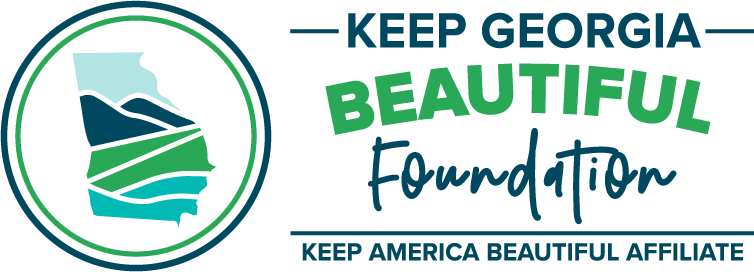10 Ways to Support Pollinators This Spring
Have you been wondering what you can do to make your outdoor space more friendly to bees, butterflies, moths, bats, and birds? It’s easier than you might think to help their populations thrive. Follow our recommendations to create a buzz where you live.
1. Wild your lawn
Violets, clovers, and dandelions might seem like a nuisance, but at this time of year, they’re essential for emerging bees. Keep your mower stowed away for a few more weeks and let these tiny beauties bloom. There’s nothing lovelier than a lawn abuzz with color and life!
2. Let leaves lie
If you followed our recommendations for fall and winter, you probably have some patches of last season’s leaves in your yard. This is because many pollinators take refuge from the cold weather in dead plant material. Resist the urge to rake those piles up for now, and allow our fuzzy friends more time to emerge. A good rule of thumb is to wait until temperatures are consistently above 50 degrees.
3. Plan a pollinator-friendly garden
You can create a pollinator habitat whether you live in a farmhouse, urban cottage, or apartment building (think potted plants or window boxes). Select a variety of flowers that will bloom from spring to fall, and do your best to include plants native to your area. These will not only be easier to care for (having already been adapted to your local soil, light, and moisture conditions), but will attract native insects that have evolved alongside them over time.
4. Don’t forget about the moths
Did you know moths are important pollinators too? They visit our plants late at night when the bees and butterflies take their rest. Outdoor lights can distract them, so leave them off whenever possible. You can also plant pale, native flowers (think white and light yellow) that they can easily see in the moonlight.
5. Avoid pesticides
Even sprays approved for organic gardening can harm pollinators, so try not using any at all. If you must, choose the least toxic kind available, and apply it in the evening when most pollinators are inactive.
6. Build a bat house or bee hotel
Check out this handy guide from pollinator.org on how to build a bee hotel, and these free plans from The Spruce for bat houses. All you need is scrap wood, a ruler, and a drill! Just make sure to hang it up in a safe place to ward off animals and keep children and pets safe.
7. Get (dirt)y
Several species of bees, including bumble bees, build nests underground in patches of bare soil. Leave areas like this in your yard for them to build a home, preferably in the sun and where they won’t be disturbed.
8. Install a hummingbird feeder
Hummingbirds play an important role in pollination, and providing them with nectar will supplement what they source from brightly colored flowers in your area. You can make an entire gallon of nectar for mere pennies: mix one part sugar to four parts water. Experts recommend avoiding red dye or food coloring as it can be harmful to the birds; most feeders have red caps or bases that will attract them to your feeder instead.
9. Be an advocate
Would you enjoy planting a pollinator garden in your local park? Is there a potential habitat in your town or city that gets mowed unnecessarily? Be the change you wish to see and contact your local leaders. You can also get in touch with your local affiliate (or create one where you live) to see what existing beautification activities you can join.
10. Spread the word
Take advantage of extra time at home this summer by sharing this information with your friends, family, and neighbors. Together, we can all make a difference!

